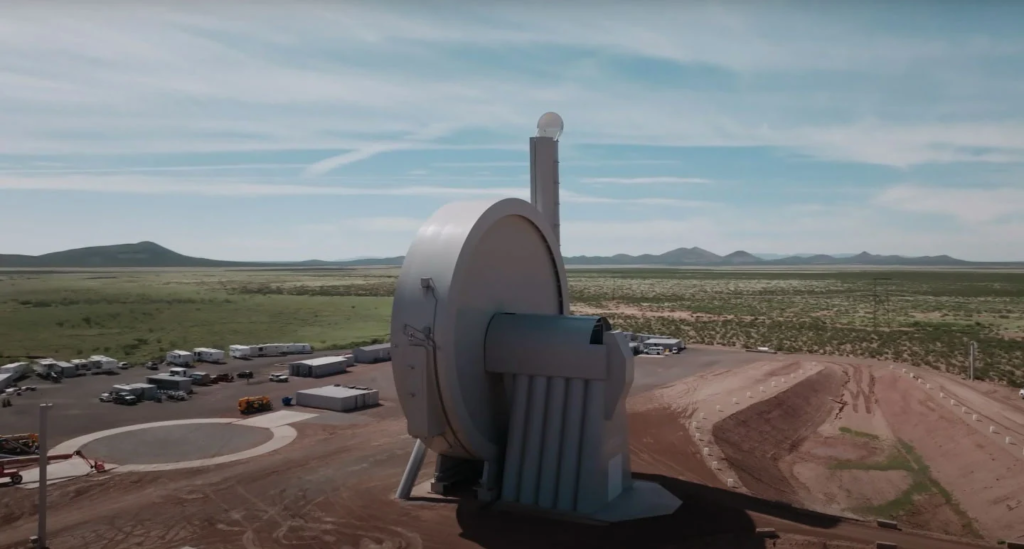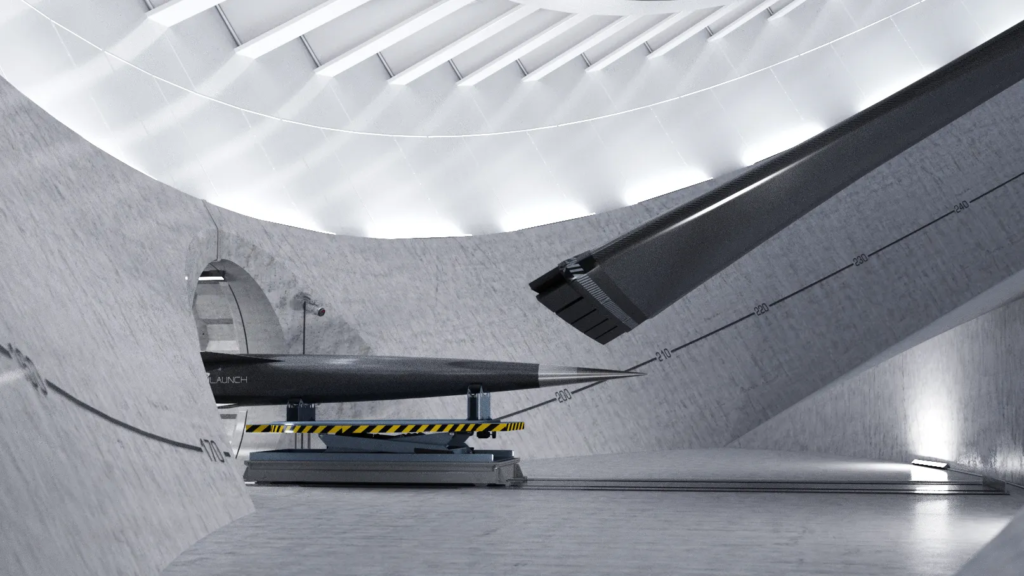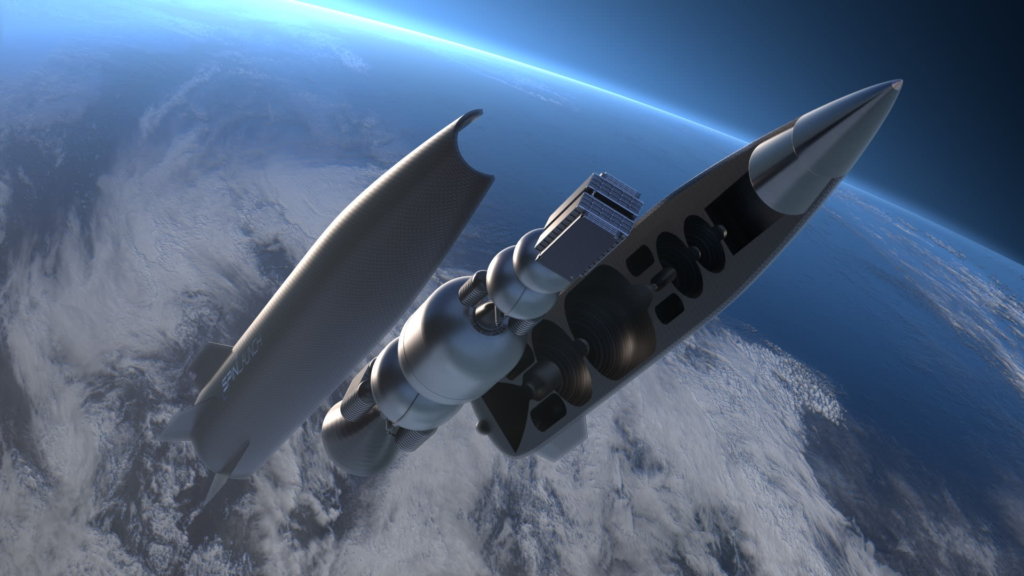
When Will SpinLaunch Try To Reach Orbit With An Orbital Accelerator?
SpinLaunch was founded close to a decade ago in 2014. For years now the company has been developing and testing an ambitious way to access space. Recently, SpinLaunch has been performing scalled-down tests using a suboribatal accelerator. By now they have completed 10 each with unique results that the company has been very happy with.
However, while these suborbital tests are important, it brings up the question of when will SpinLaunch take the next big step and attempt an orbital launch. This process requires a completely new location and upgraded orbital accelerator. Thankfully, SpinLaunch has given us an idea with updates on the future location development along with a goal of launching customer payloads in 2025.
In reality, it’s likely that very soon the company will come out with a significant update related to the future of the company and its upcoming attempt to reach orbit. Either way, this big change is closer than most think and will truly put this idea and concept to the test. Here I will go more in-depth into the future of SpinLaunch, exactly when an orbital launch attempt should be expected, and more.
Orbital Launch Date

At first, SpinLaunch began development in early 2015. Less than two years later, SpinLaunch surpassed the record for fastest rotational tip speeds and subsequently conducted hundreds of launches in its headquarters based laboratory. In October 2021, the first launch of the Suborbital System validated the technology and marked a key milestone. On the most recent test flight just a few months ago in October, they successfully launching & recovering payloads from @NASA_Technology and a few other companies. This was by far one of if not the most important test SpinLaunch had conducted to date. While they didn’t release specific information on the payloads and some of the forces that were applied, they made it clear that the results were very promising. Assuming this was the case, only so much more suborbital testing will be needed before the shift toward an orbital accelerator.
As partially mentioned before, the company is still targeting 2025 for its first customer launches. This means that SpinLaunch will be testing and using an orbital accelerator for quite a long time before 2025. Here the company will perform constant testing and construction before a customer payload is launched. This means not long from now in 2024 we could expect to see an actual Orbital Accelerator and development of the program.
In relation to this, months ago, SpinLaunch announced that the first Orbital Launch Site is in final selection in a soon-to-be-disclosed location in a coastal region of the United States. They also said that We are closely collaborating with the FAA and other governing agencies for launch site licensing. This is a very big deal and based on the original timeline will likely be the next big update from the company. Once this location is revealed and approved by the FAA, work can begin and a much more realistic timeframe can be set for the first orbital attempt.
Looking back at the most recent test with NASA, Jonathan Yaney, Founder & CEO of SpinLaunch. commented, “Flight Test 10 represents a key inflection point for SpinLaunch, as we’ve opened the Suborbital Accelerator system externally for our customers, strategic partners, and research groups. The data and insights collected from flight tests will be invaluable for both SpinLaunch, as we further the development of the Orbital Launch system, and for our customers who are looking to us to provide them with low-cost, high-cadence, sustainable access to space.” As of September 2022, the company has raised over $150 million in funding. Enough for some serious development right around the corner.
Orbital Accelerator

Now that we know more about SpinLaunch’s progress and when we can expect the construction and testing of an Orbital Accelerator, we can take a closer look at the system itself and what challenges lie ahead of the company. SpinLaunch describes the Orbital Launch System as a fundamentally new way to reach space. The velocity boost provided by the accelerator’s electric drive is expected to result in a 4x reduction in the fuel required to reach orbit, a 10x reduction in cost, and the ability to launch multiple times per day.
With industry plans to launch ten times the number of satellites over the next decade, they believe it’s more urgent than ever to develop environmentally sustainable space access technology. Because kinetically launched satellites exit the stratosphere without a rocket, SpinLaunch enables a future in which constellations of satellites and space payloads can be launched with zero emissions in the most critical layers of the atmosphere.
In a future where large numbers of people are traveling to space — structures, equipment, and supplies required to support in-space civilization must also be launched. For tens of thousands of people to someday work and live in space, millions of tons of infrastructure and supplies must be launched. SpinLaunch ensures that can be done with the least environmental impact possible.
In terms of design and scale, the vacuum chamber is a steel cylinder measuring around 300 feet in diameter. Within this low pressure environment, it allows the tether to spin at nearly 5,000 miles per hour with minimal aerodynamic heating and drag. You then have the hypersonic tether in the very center. Made of high strength carbon fiber, the tether is spun up to launch speeds by a central electric drive. This electric drive consists of dual AC electric motors that feed to a hydrodynamic radial bearing assembly. The launch vehicle, which is intended to carry the payload through the atmosphere and into orbit, is attached to the very end of the tether.
After the payload has been spun up to immense speeds, it’s time to release it. However, as you can imagine, with a payload meant to spin around 5,000 miles per hour, this process has to be perfect. On the Orbital Accelerator, once launch speed is reached, an automatic sequence releases the launch vehicle through the exit tunnel with high precision. This leads to the final main component of the system, the exit tunnel. In this case, ultra high speed airlock doors, that operate faster than the blink of an eye, prevent the vacuum chamber from re-pressurization after the launch vehicle is released. This process is intended to help SpinLaunch continue to launch very frequently with limited work in between. Ideally in the future, they can keep this chamber pressurized all day and launch every couple of hours. With the payload released, it shoots into the air at thousands of miles per hour. Not long after, its protective shell is separated and a small rocket ignites to put the payloads into orbit.
Back in the 1960s, the High Altitude Research Project demonstrated that large complex launch vehicles could traverse from vacuum to atmosphere at speeds of Mach 6. While the vehicle isn’t damaged by entering the atmosphere, SpinLaunch is confident they designed it to survive the temporary high temperatures generated as it exits the atmosphere. The tip of the launch vehicle acts as a heat sink, absorbing any aerothermal loads experienced during flight. The heating load is less than that of other industry examples of high-speed flight.
Not to mention, modern carbon fiber and miniature electronics are the most relevant reasons why SpinLaunch has not been possible until recently. Carbon Fiber emerged as a high-strength composite in the early 1960s and only recently transitioned from limited aerospace applications to widespread industrial usage. Low-cost high strength to weight materials like modern carbon fiber are a critical part of what makes SpinLaunch possible while modern electronics, materials, and simulation tools allow for satellites to be adapted to the kinetic launch environment with relative ease.
During early feasibility analysis of SpinLaunch’s global architecture, one area of primary interest was g-hardening. As such, an in-depth evaluation into existing industry examples of high-g capable sensors and systems was undertaken. Early research identified promising examples of complex high-g systems in the industry including artillery launched drones with deployable wings, propulsion, and optics. Following the completion of the 12 m prototype, a system capable of testing to over 20,000G’s, SpinLaunch’s engineering team began evaluating a variety of hardware packages at the 10,000G that components endure during the launch. Through this testing, they have been able to demonstrate the impressive ability of satellite systems to readily handle the centripetal environment. In terms of payloads, the first-generation launch system is designed to launch satellites weighing up to 200 kilograms. Following best design practices developed by the Space System’s team, they believe most satellite architectures can readily be adapted to operate in SpinLaunch’s unique launch environment.
Conclusion
SpinLaunch is getting close to construction and eventually the first orbital launch attempts. For years now the company has been practicing and gaining invaluable information with the suborbital accelerator. Hopefully, very soon we will receive a big update regarding the future location and timeline of an Orbital Accelerator. We will have to wait and see how it progresses and the impact it has on the space industry.
